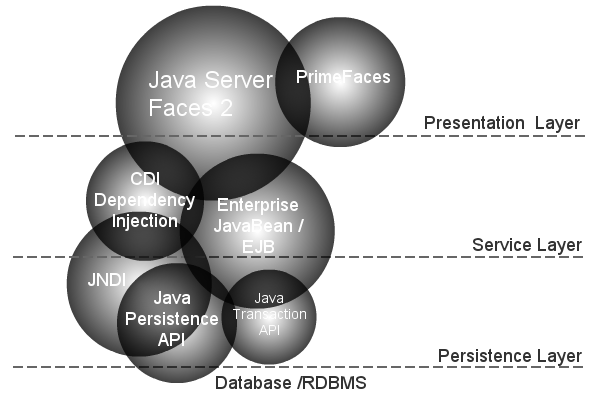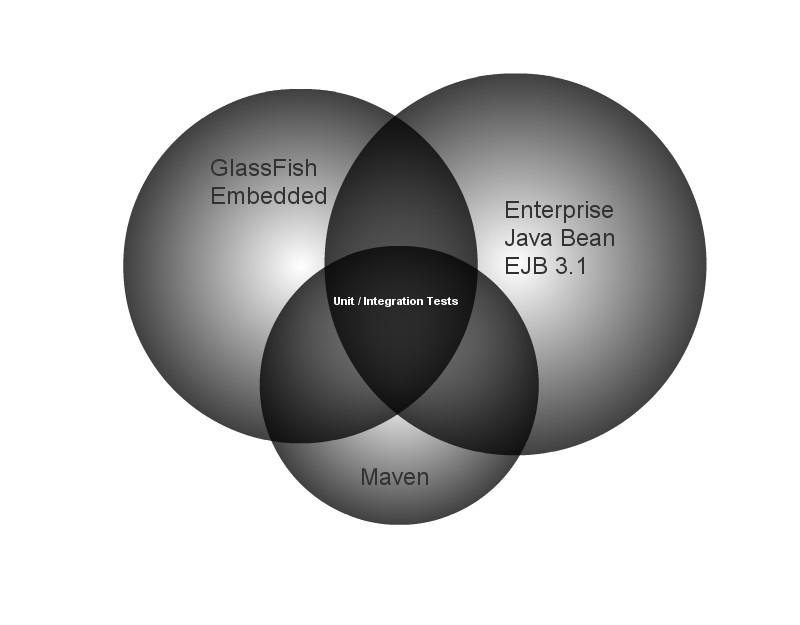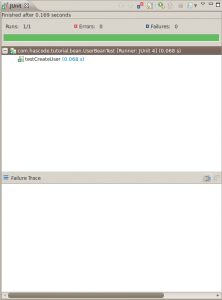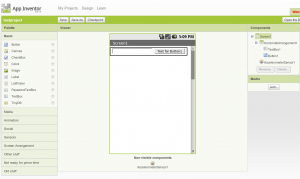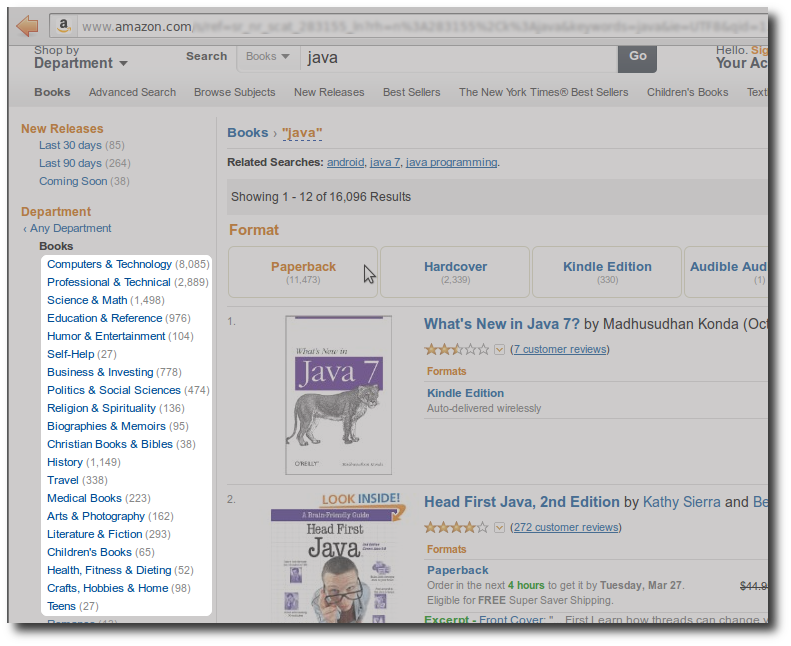
Hibernate Search Faceting: Discrete and Range Faceting by Example
In today’s tutorial we’re exploring the world of faceted searches like the one we’re used to see when we’re searching for an item on Amazon.com or other websites. We’re using Hibernate Search here that offers an API to perform discrete as well as range faceted searches on our persisted data. Maven Dependencies Needed For simplicity’s sake am I going to use an HSQL database for persistence, in addition the dependencies for hibernate-entitymanager and hibernate-search (of course) should be added to your pom.xml ...
